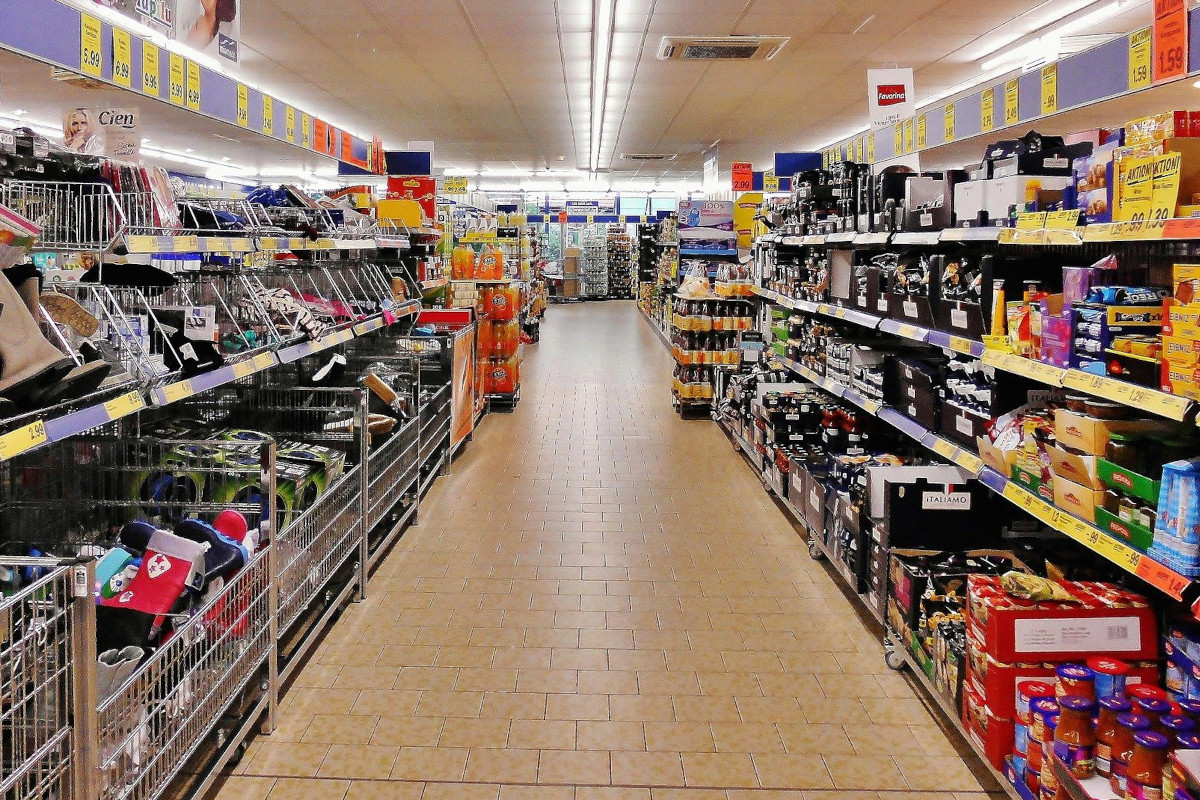
Asian cuisine has taken off in the U.S. grocery aisle like fireworks on the Fourth of July. According to a recent New York Times article, H Mart is a $2 billion company with 96 stores across the country. The chain recently purchased a whole shopping center in San Francisco for $37 million.
Then there’s Weee!, an online Asian food store valued at $4.1 billion. Another brand, 99 Ranch Market, specializes in foods from China and Taiwan. It doesn’t stop with Asian food, either. Patel Brothers is an Indian grocery company started in Chicago, which now has 52 locations in 20 states. The stores don’t only satisfy the palette of those who have Asian and Indian roots. Some 30% of H Mart shoppers are non-Asian, according to the Times piece.
Yet, this is merely the first of five grocery trends in the U.S. identified by the New York Times. Last-mile delivery service Instacart is teaming up with the New York Times, integrating shoppable recipes that are available through the media company’s recipes portal, New York Times Cooking. The Times announced on June 11 that the new collaboration will enable users to easily add all the ingredients for the Times Cooking recipes to their Instacart order.
Instacart users will gain access to a select number of recipes on New York Times Cooking on the Instacart app, and new and existing Instacart+ members will get the chance to access the New York Times Cooking portal for free for one year. “This exciting new offering with Instacart aims to save busy home cooks even more time and energy, so they can focus on exploring their cooking style, trying new dishes or flavors, and, most importantly, enjoying delicious meals – whether alone or with their loved ones,” Camilla Velasquez, general manager of New York Times Cooking, said in a press release.
LOWERING FOOD PRICES
If lowering food prices were easy, everyone could do it. Not surprisingly, former President Donald Trump thinks he would do it the best. Not so fast, says the New York Times, which talked to several economists about whether Trump’s policies the second time around would help reduce Americans’ grocery bills. His plan to deport migrants at a historical pace would pull labor from farms across the country, thus increasing the price of items like oranges and lettuce. It’s already playing out in real life in the state of Florida, where Gov. Ron DeSantis signed a new immigration bill. The measure forced out a load of farmers, which in turn piled heavy prices on shoppers. The Florida Policy Institute estimates the move has cost the Florida economy over $12.6 billion over the last year. Trump also wants a new tariff on all imported goods, which the economists say would also raise the prices of products coming from domestic suppliers. A second Trump administration could have a lasting effect on food prices. Of course, President Joe Biden has also been struggling to find food price relief. The election in November has a lot riding on it, and food costs are just one piece of the pie.
THE FOOD DESERT CHALLENGE
The ongoing effort by the city of Chicago to lure grocery chains into food deserts appears stalled once again — this time in the South Side neighborhood of Bronzeville, according to an article in Block Club Chicago. The hyperlocal news website reports that Ald. Pat Dowell announced in 2018 that a Pete’s Fresh Market was planned for the neighborhood at the site of a former housing project and elementary school, but that plan fizzled. More than two years ago, the plan appeared to have a new life, but residents have heard nothing since the original announcement, according to the story. And neither Pete’s nor Mayor Brandon Johnson are talking to reporters. The in-depth report gives a historic breakdown of the effort to bring more grocers to underserved areas and the closure of South Side grocers and other food retailers in recent years, including the closure of three South Side Walmarts, two Save A Lot locations, and an Aldi — all in the last four years.
FREE GROCERIES?
In Canada, at the Regina Food Bank, free grocery is about to be a reality. Since the pandemic, Canada has seen a spike in food bank users across the country, up 25% in Regina alone. One in eight families — and one in four children — are now food insecure in the city. The new Regina Food Bank Community Food Hub, modeled after a traditional grocery store, is set to open this summer in the city’s downtown. The hub will give those who rely on the food bank autonomy over what they want to take home, rather than being given a box of standardized items. Other food banks in Canada have piloted the choice model on a smaller scale, with limited hours and capacity, but this is the first full-scale store to provide choice to all clients, much like a local grocer. According to Regina Food Bank VP David Froh: “It’s the future of food banking.”

